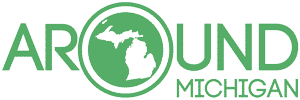Lake Michigan is home to a variety of fish species, including many that are popular among anglers. Understanding the types of fish that live in Lake Michigan can help fishermen have a more successful and enjoyable experience when out on the water.
Here are some of the most common fish species found in Lake Michigan, along with some tips on how to fish for each one:
Largemouth Bass
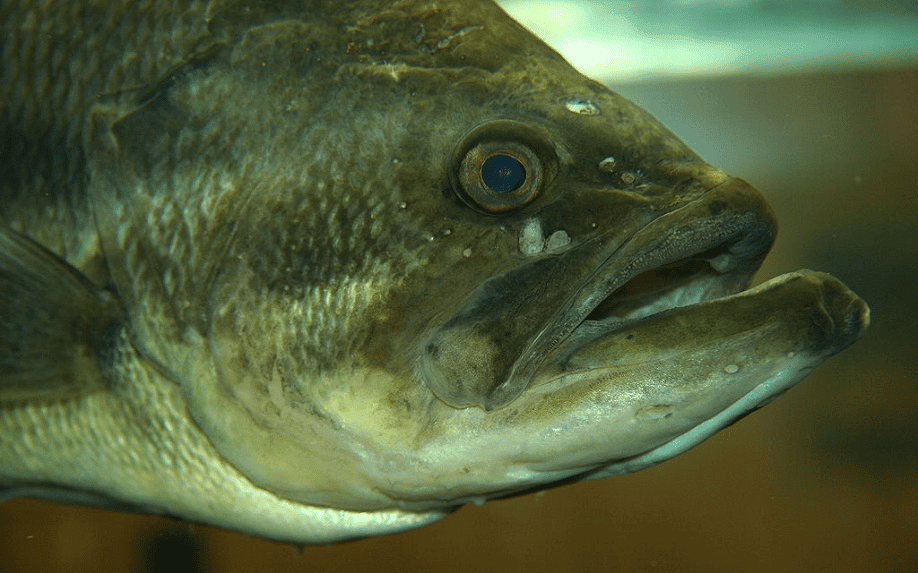
The largemouth bass is a popular game fish that can be found in lakes and rivers all over the world, including Lake Michigan. In North America, they are most commonly found east of the Rocky Mountains. Largemouth bass are easily recognizable by their long, curved jaw which extends past their eye. They are greenish-brown in color with a darker back and white belly. Male bass are usually larger than females and can reach lengths of up to 24 inches (61 cm) and weights of up to 15 pounds (6.8 kg).
Largemouth bass are predators and their diet consists mostly of other fish, but they will also eat amphibians, reptiles, birds, and small mammals. They are relatively easy to catch and are popular with anglers of all levels of experience. Bass can be caught using a variety of methods including live bait, lures, and flies.
Walleye
Walleye are a popular game fish in Lake Michigan, and can be found in both deep and shallow waters. They typically weigh 2-5 pounds, but can reach up to 20 pounds. Walleye can be caught using a variety of methods, including trolling, jigging, and casting.
Walleye are easily recognizable by their greenish- color and their large, dark eyes. They have a long, slender body with a deep chest and a protruding lower jaw. Walleye are excellent fighters and are popular with anglers of all levels of experience.
Yellow Perch
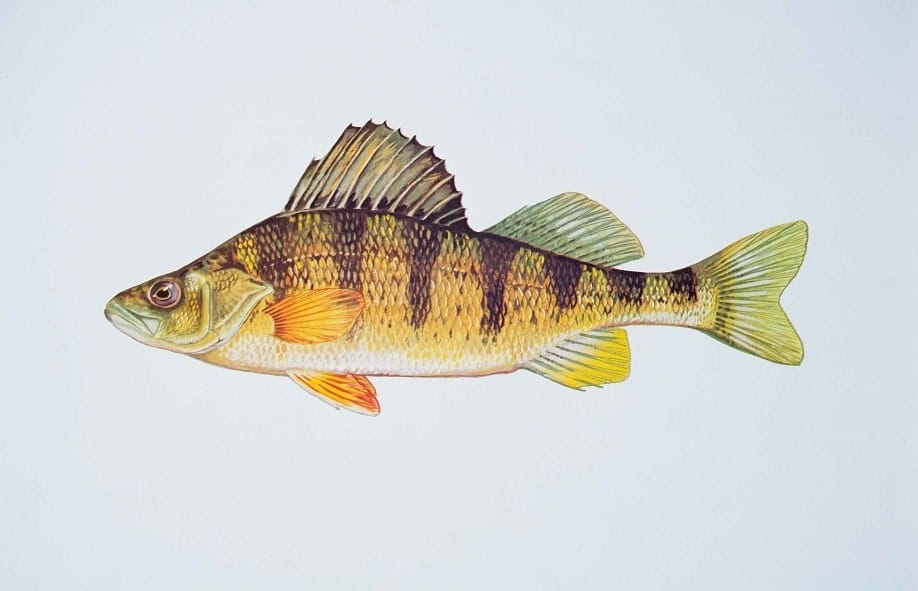
Yellow Perch are a small, but popular game fish in Lake Michigan. They can be found in all areas of the lake and typically weigh 1/2 to 1 pound. They like to congregate in shallow waters in the protection of schools, making them a popular target for anglers fishing with multiple lines. They are great for beach fishing, as they will often bite on bait that is close to the shore.
Yellow perch get their name from their bright yellow coloration, which is most pronounced on the sides of their body. They have 5-9 dark vertical bars on their sides and a dark stripe running along their back. Their belly is white or yellowish in color.
Smallmouth Bass
The smallmouth bass is a freshwater fish that is native to North America. Smallmouth bass can be found in Lake Michigan and other freshwater lakes and rivers east of the Rocky Mountains. Smallmouth bass are similar in appearance to largemouth bass, but they have a shorter, squarer jaw and their coloration is usually darker. Smallmouth bass are considered one of the best gamefish due to their fighting ability and. The majority of smallmouth bass in Lake Michigan are found in the southern half of the lake.
Fishing for smallmouth bass can be done using a variety of methods, including baitcasting, spinning, and fly fishing. The most popular baits for smallmouth bass are live baitfish, crankbaits, and plastic worms.
Lake Trout
The lake trout is a freshwater fish that is native to North America. Lake trout can be found in Lake Michigan and other freshwater lakes in the northern United States and Canada. Lake trout are similar in appearance to rainbow trout, but they are usually larger and their coloration is darker.
Fishing for lake trout can be done using a variety of methods, including baitcasting, spinning, and fly fishing. The most popular baits for lake trout are live baitfish, crankbaits, and plastic worms.
Chinook Salmon
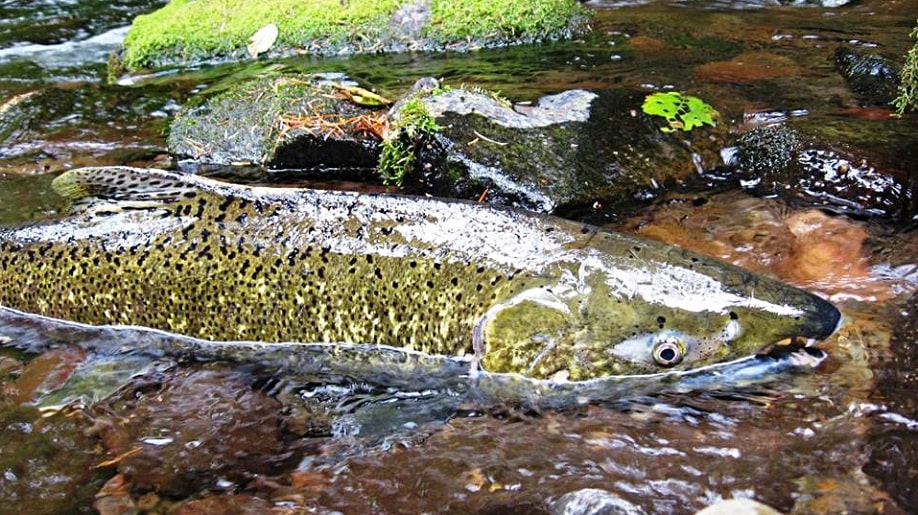
The Chinook salmon is one of the most popular fish for fishing in Lake Michigan. The Chinook salmon is a large fish, averaging about 20 pounds. It has a dark body with a light-colored belly. The chinook salmon is found in all of the Great Lakes except for Lake Superior, and is the most common salmon in Lake Michigan.
Chinook salmon can be difficult to identify, as they closely resemble Coho salmon. But unlike Coho, they like to spend their time in deeper water and can only be caught early in the morning or close to dusk as they are light-sensitive.
Steelhead Trout
The steelhead trout is another popular fish for fishing in Lake Michigan. It is a migratory fish, spending its winters in the southern parts of the United States before moving north to spawn in streams and rivers. The steelhead trout averages about 10 pounds but can grow up to 30 pounds.
Steelhead trout have a dark green or blue body with a silver belly. They are known for their fight, as they put up a good fight when hooked. Steelhead trout can be found in all of the Great Lakes and are prevalent in Lake Michigan.
Northern Pike

The northern pike is a large fish, with five to six submandibular pores on the upper half of the gill cover, which covers the whole of a cheek and a long body with dark green or brown markings. The northern pike is found in all of the Great Lakes and likes to spend its time in shallow water near weeds.
The northern pike is a popular fish for fishing, as it is known for putting up a good fight when hooked. It is also a popular fish to eat, as it is known for its delicious flesh. Skinning and scaling pike can be tricky, as they have many bones and a tough skin.
Muskellunge
Muskellunge are more common in the northern parts of the Great Lakes, but can be found in Lake Michigan. They are long and slender with a dark body and light-colored spots and many people mistake Muskellunges for Northern Pike. The muskellunge is a popular fish for fishing. Casting and trolling are the most common methods used to catch muskellunge.
White Fish
Whitefish are found in all of the Great Lakes and are one of the most popular fish to catch. They are a good-tasting, mild-flavored fish that can be eaten fresh, smoked, or canned. Whitefish are usually small, averaging about two pounds. But they can grow up to 20 pounds.
Fishing for whitefish can be done using a variety of methods, including baitcasting, spinning, and fly fishing. The most popular baits for whitefish are live baitfish, crankbaits, and plastic worms.
Lake Herring
Also known as Cisco, Lake Herring are found in all of the Great Lakes. Unfortunately, as a result of overfishing, declining water quality, and invasive species, the Cisco population has declined significantly in recent years.
Lake Herring are small fish, averaging about one pound. They have a silvery body with a dark back and a forked tail. Lake Herring are an important part of the food chain in Lake Michigan, as larger fish species like Lake Trout and Salmon eat them.
For that reason it is not encouraged to actively fish for Cisco, as it is important to maintain the population. But if you do accidentally catch them, they can be used as bait for other fish species.
Crappie
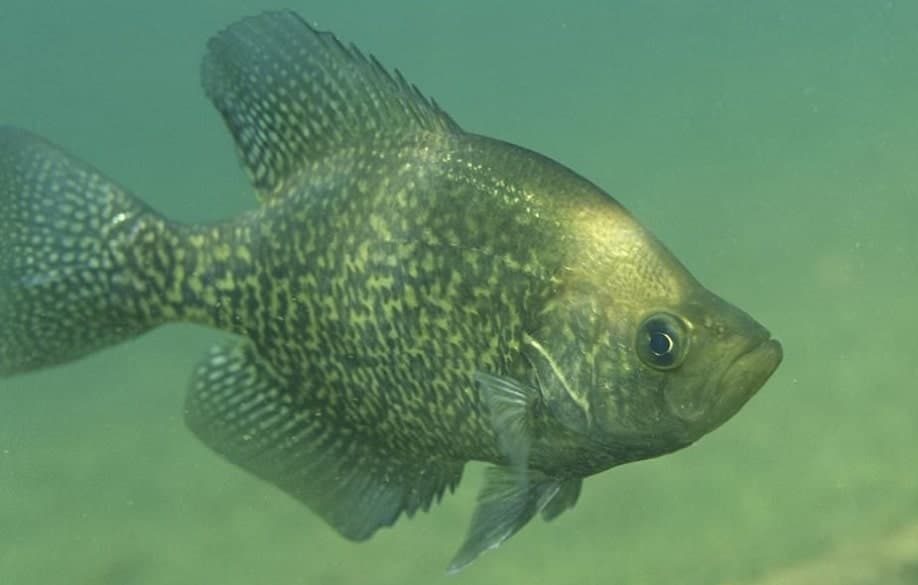
Both black and white crappie may be found in the waters of Michigan. Although they appear similar, white crappie have markings that look like vertical bars on their sides, whereas black crappie are more scattered. On the other hand, count dorsal spines; whites typically have six dorsal spines, whilst blacks have seven or eight.
When fishing for crappie, anglers typically use live minnows or jigs. This can be done by casting or still-fishing under a bobber. Although fly fishermen usually take them on streamers. Since they have large mouths capable of taking in sizable minnows, it’s necessary to use a larger hook than you would for bluegills or sunfish. It’s also important to know that both species of crappie are schooling fish. So if you’ve found one, there’s generally a bunch nearby too.
Brown Trout
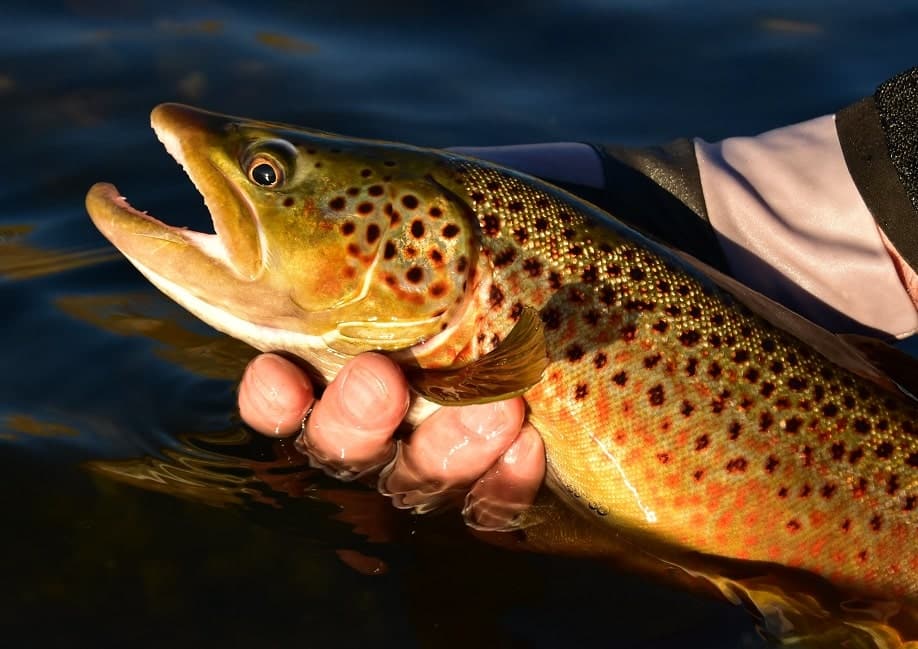
Brown trout can be hard to identify, as they can vary greatly in color depending on their environment. They can be brown, olive green, or even yellowish They have dark spots on their body and fins and a light-colored belly Brown trout are found in all of the Great Lakes.
Brown trout are one of the most popular gamefish in Lake Michigan. In the early spring, brown trout can be caught by waders, bait-fishing from piers with live bait or artificial lures, and trolling in largely inshore water with imitation minnows or other plugs. Browns are frequently harvested together with coho in the spring or as an addendum to other salmon during the summer.
Atlantic Salmon
Adults have black spots on the sides, with the most of them above the lateral line. The dark pectoral fins, caudal fin may be slightly forked, and there are 9 or 10 rays in the anal fin. There are two dorsal fins, both of which are adipose fins. The caudal peduncle is usually narrow and tapering. With four to six small teeth, a vomerine tongue with a pointed tip is present. The jaw generally reaches to the rear edge of the eye or somewhat beyond.
Atlantic Salmon are more commonly found in Lake Huron, but they can be found in Lake Michigan as well. They are a popular game fish because they are fun to catch and good to eat.
Smelt
The rainbow smelt is a small, thin member of the Osmeridae family that does not originate from Lake Michigan. They share physical similarities with trout and salmon, such as having fins on their backs. Other defining features include visible teeth and colorful skin that shifts between shades of purple, pink, and blue.
Smelt are caught in large-scale by commercial fishing operations using dipnets in the spring from streams that feed into Lake Michigan. They are also popular among recreational anglers. Many enjoy eating them whole, as their small size means they can be fried up quickly and easily. Some say that smelt taste like a cross between trout and chicken.
To target smelt, many fishermen use small jigs or spoons tipped with baitfish. Others will use minnows under a bobber. The key is to fish near the bottom in areas with lots of baitfish.
